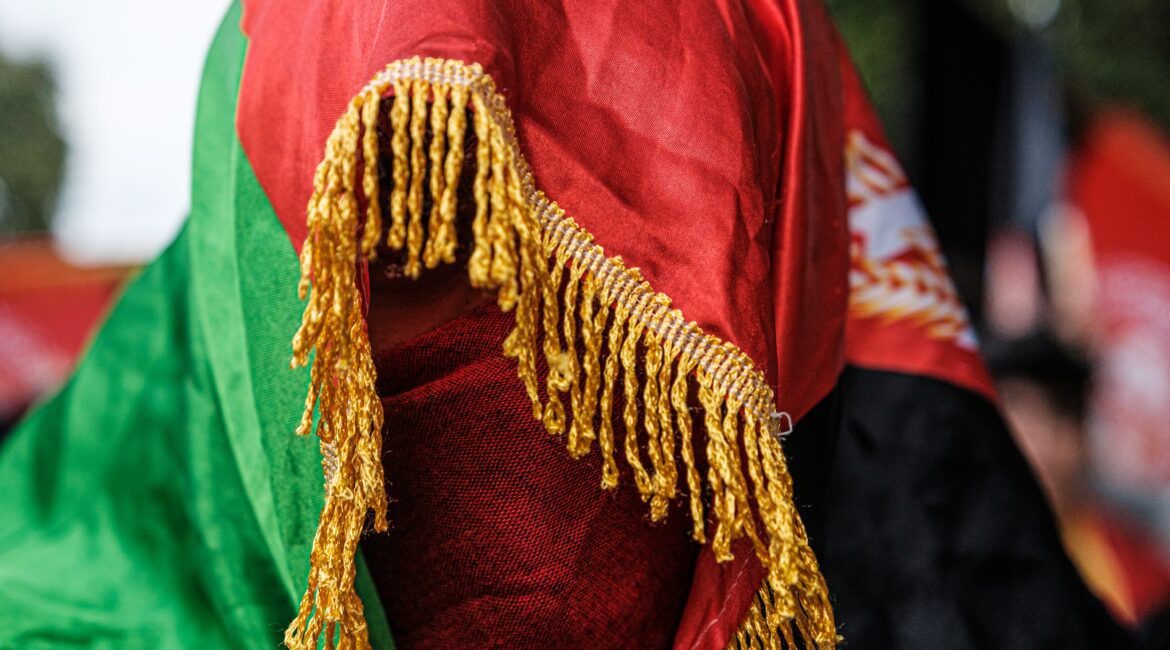Recently, a high official of Afghan Defence Ministry said that the Taliban want to create a "big army" for Afghanistan, which will include officers and soldiers who served under the former regime. He also added that military technicians were able to repair half of the 81 helicopters and planes abandoned and rendered inoperable by the American and their allies forces during the hasty withdrawal from the country last summer.
Following the declaration, during their sudden rise to power in August, the Taliban also seized a total of some 300,000 light weapons, 26,000 heavy weapons and 61,000 military vehicles. Afterwards, the Taliban decreed a general amnesty and assured that the soldiers or employees of the former government were not threatened.
However, the majority of senior government and military officials preferred to leave the country during the evacuation operations of more than 120,000 people in the last days of August. And those who remained prefer discretion, for fear of reprisals from the Taliban.
At the end of January, a UN report accused the Taliban of having killed more than a hundred former members of the Afghan government and security forces as well as Afghans who had worked with foreign troops.
Although the integration of former soldiers into their ranks is not really visible on a daily basis, the Taliban made a point of announcing the appointment of two high-ranking doctors from the health service of the former national army (one a general, the other a colonel) to important positions in the Ministry of Defence.
The military official emphasised also that professionals, including pilots and engineers, service, logistics and administrative personnel (from the old regime) have their place in the security sector and that the new Afghan army will be formed "according to the needs of the country and national interests".
He did not specify either how it would be financed, while the coffers of the country are almost empty since the sudden stop in August 2021of international aid, which financed nearly 80% of the Afghan budget, and the freezing by the United States of $9.5 billion in Afghan Central Bank assets.

